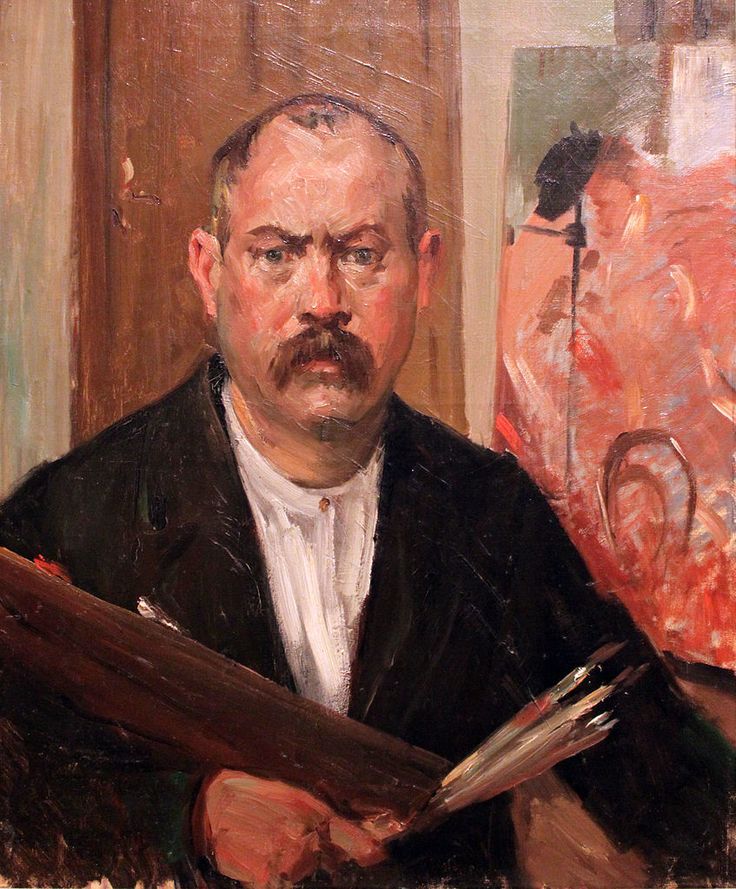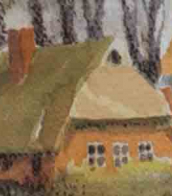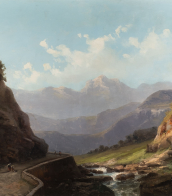heuer dresden

Hugo Mühlig was a German Impressionist painter. From 1881, he lived in Düsseldorf as a painter of landscapes and genre scenes.


Karl Reinecke-Altenau, actually Karl Friedrich Martin Edmund Reinecke, was a German painter, Oberharz regional poet and teacher.


Gottlieb Daniel Paul Weber was a German artist. Weber is known for his ethereal and timeless landscape paintings of early northeast America. He emigrated to the U.S. in 1848 and though he returned to Germany around 1860 his influence on American landscape painting was still felt for years.


Arnold Balwé was a German post-impressionist painter.
He studied at the Antwerp Academy of Art and the Academy of Fine Arts in Munich, traveled extensively and painted landscapes he saw. Balwe's work is characterized by color intensity and vitality.


Willi Sitte was a German painter who was for a long time the president of the East German association of visual artists.


Werner Tübke was a German painter, best known for his monumental Peasants' War Panorama located in Bad Frankenhausen. Associated with the Leipzig School, he is "one of the few East German artists who gained recognition in West Germany."


Willi Sitte was a German painter who was for a long time the president of the East German association of visual artists.


Otto Eduard Pippel was a German painter.


Hugo Mühlig was a German Impressionist painter. From 1881, he lived in Düsseldorf as a painter of landscapes and genre scenes.


Hugo Mühlig was a German Impressionist painter. From 1881, he lived in Düsseldorf as a painter of landscapes and genre scenes.


Lovis Corinth was a German artist and writer whose mature work as a painter and printmaker realized a synthesis of impressionism and expressionism.
Corinth studied in Paris and Munich, joined the Berlin Secession group, later succeeding Max Liebermann as the group's president. His early work was naturalistic in approach. Corinth was initially antagonistic towards the expressionist movement, but after a stroke in 1911 his style loosened and took on many expressionistic qualities. His use of color became more vibrant, and he created portraits and landscapes of extraordinary vitality and power. Corinth's subject matter also included nudes and biblical scenes.





































































